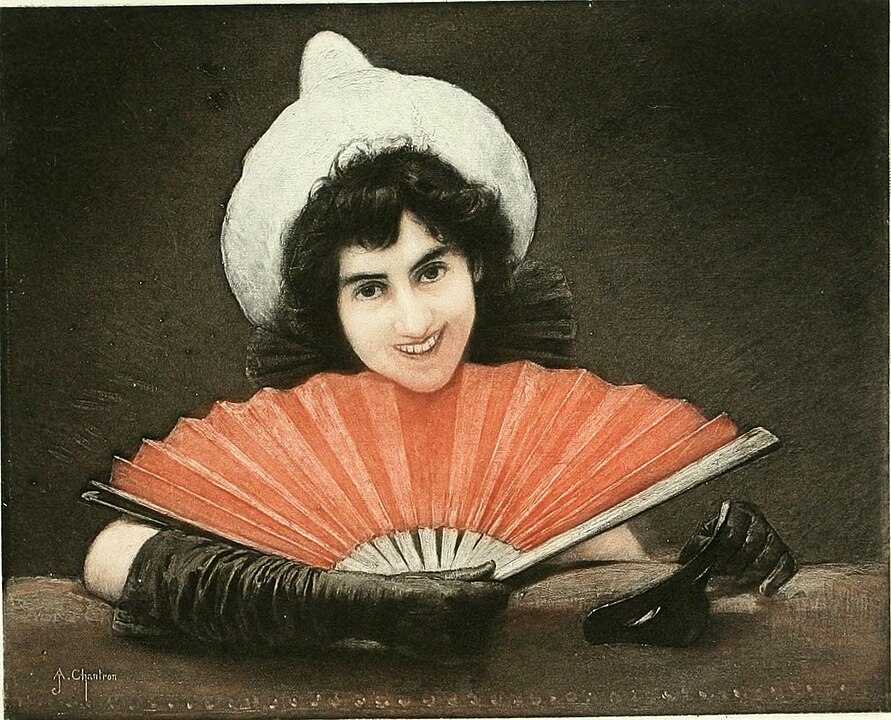
Alexandre-Jacques Chantron (1842–1918) was a French painter whose life and work spanned the latter half of the 19th century and the early 20th century, a period marked by significant transformations in the art world. Born in Nantes, Chantron showed an early inclination towards the arts, leading him to pursue his passion with dedication and fervor. His journey through the art world reflects the broader shifts and developments within French art during his lifetime, including the transition from academic traditions to the innovations of the early modernist movements.
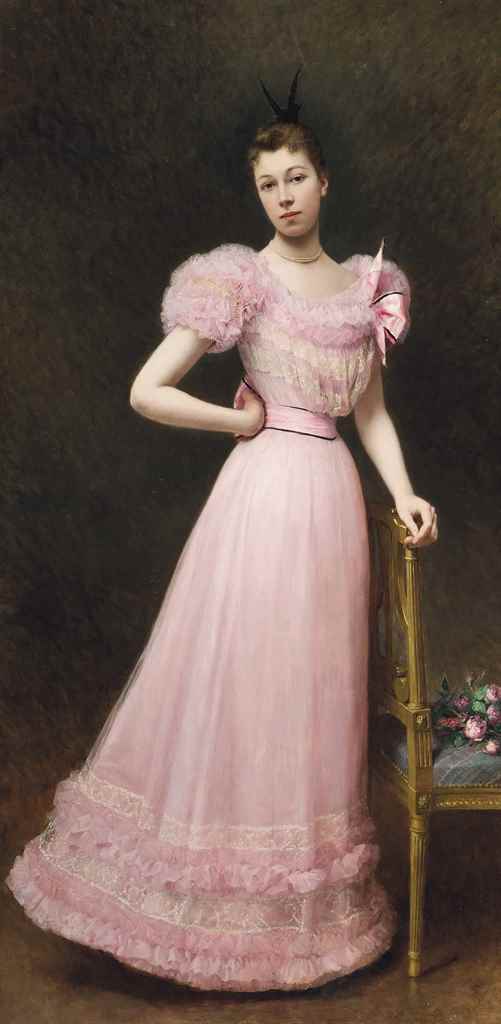
Chantron’s early education in art began in his hometown, where he first encountered the classical traditions that would lay the foundation for his artistic development. Like many artists of his era, he moved to Paris to further his studies, entering the prestigious École des Beaux-Arts. Here, he was exposed to the teachings of prominent artists of the time, such as Alexandre Cabanel and William-Adolphe Bouguereau, who were staunch proponents of the academic art tradition. This education imbued in Chantron a mastery of technique and a profound appreciation for the beauty and discipline of academic art, characterized by its focus on historical and mythological themes, meticulous composition, and polished execution.
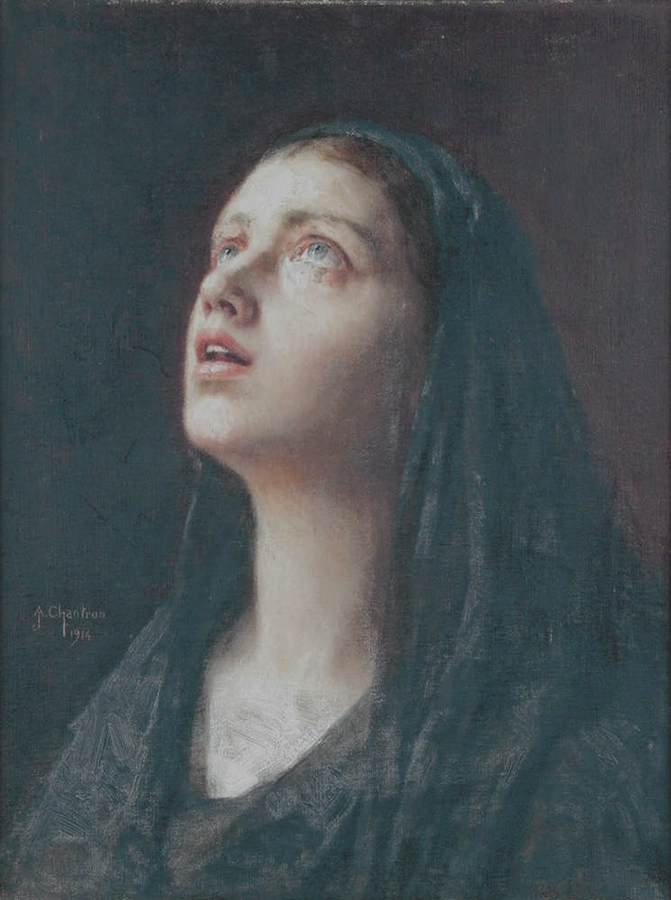
Throughout the 1860s and 1870s, Chantron honed his skills, gradually developing his unique style. He participated in the Paris Salon, the official art exhibition of the Académie des Beaux-Arts in Paris, which was the primary method for artists to achieve recognition and success at the time. His works, often featuring classical themes and executed with exquisite detail, began to garner attention and praise. This period was marked by a dedication to the ideals of beauty and perfection that characterized academic painting, with Chantron’s work exemplifying these principles.
Challenges Arrive
However, the late 19th century was a time of rapid change in the art world. The emergence of Impressionism and subsequent movements challenged the established norms and conventions of academic art. Artists like Édouard Manet, Claude Monet, and Pierre-Auguste Renoir were breaking away from traditional techniques and subjects, seeking instead to capture the fleeting effects of light and color in their work. While Chantron remained largely committed to the academic style, the evolving artistic landscape inevitably influenced his work, leading him to explore new themes and techniques.
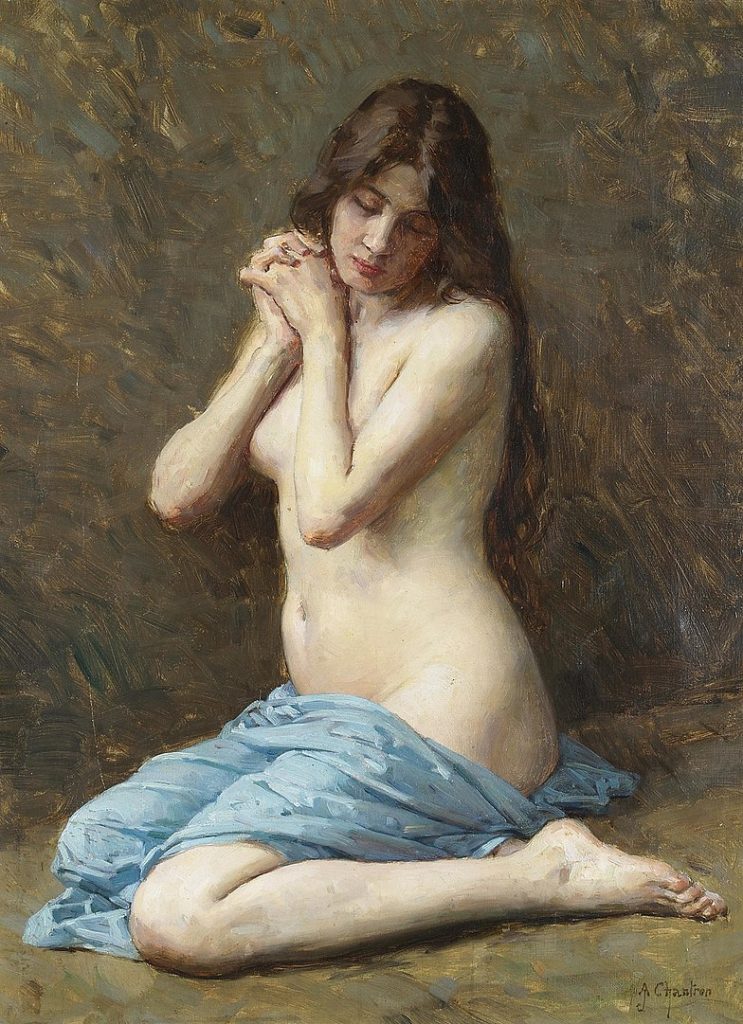
One of Chantron’s notable contributions to the art world was his engagement with Symbolism, a movement that emerged in the late 19th century as a reaction against Realism and Naturalism. Symbolist artists sought to express the ideas and emotions hidden behind the physical world, using mythological and dreamlike imagery to explore themes of love, fear, and the unconscious mind. Chantron’s later works show a clear influence of Symbolist themes, with a focus on allegorical and mystical subjects rendered with a nuanced sensitivity to mood and atmosphere.
Despite the changing tides of the art world, Chantron remained committed to the principles of beauty and technical mastery that he had learned in his youth. His work continued to be characterized by its detailed execution and classical sensibilities, even as he incorporated elements of Symbolism and other contemporary movements. This blend of tradition and innovation allowed him to create works that were both rooted in the past and reflective of the evolving artistic landscape of his time.
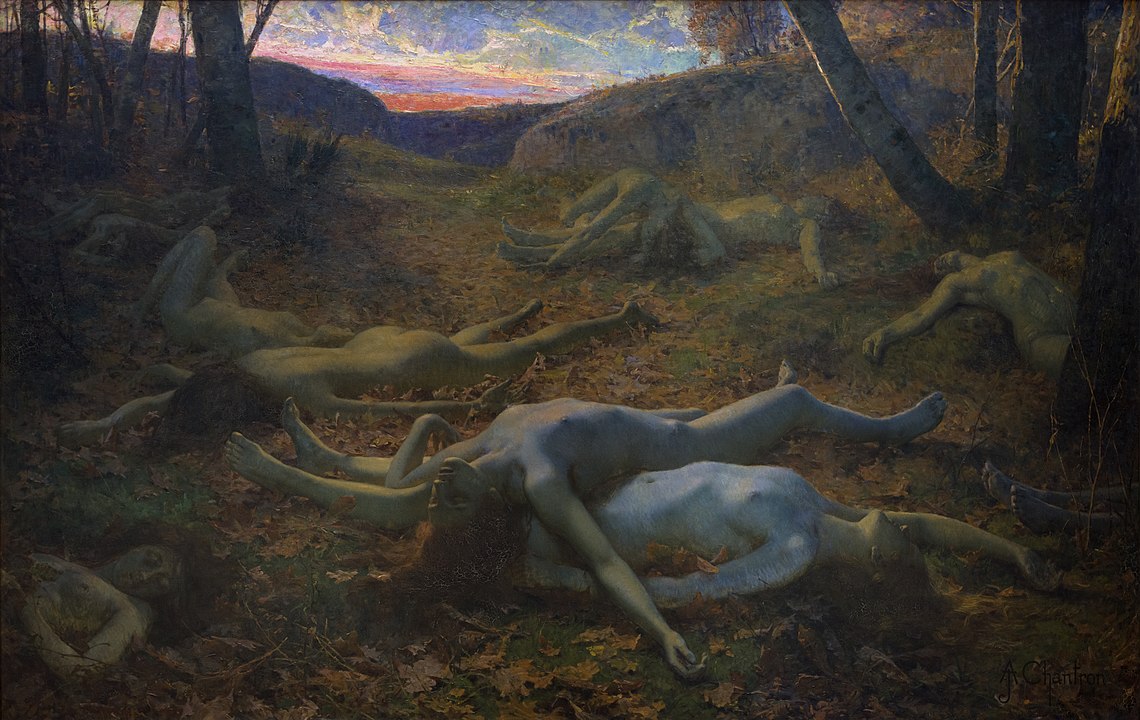
Chantron’s career also reflects the broader social and cultural shifts of late 19th and early 20th century France. The country was undergoing rapid industrialization and modernization, leading to profound changes in society and culture. The art world was not immune to these transformations, with new technologies and materials opening up possibilities for experimentation and innovation. Chantron’s ability to adapt to these changes while maintaining a commitment to classical ideals speaks to his versatility and depth as an artist.
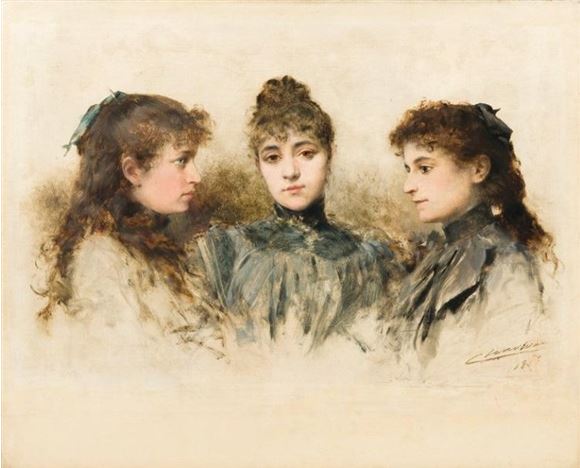
Throughout his life, Chantron was an active participant in the artistic community, engaging with fellow artists and contributing to the vibrant cultural life of Paris. He was recognized for his contributions to French art, receiving various honors and awards throughout his career. Despite the recognition he received during his lifetime, Chantron’s work, like that of many artists of his era, has been somewhat overshadowed by the more dominant figures of Impressionism and post-Impressionism.
Rediscovering Chantron
In the years following his death in 1918, Alexandre-Jacques Chantron’s legacy has been reassessed, with art historians and critics acknowledging his contributions to the transitionary period of French art. His works are now appreciated not only for their technical excellence and beauty but also for their role in bridging the gap between the academic tradition and the modernist movements that would redefine the art world in the 20th century.
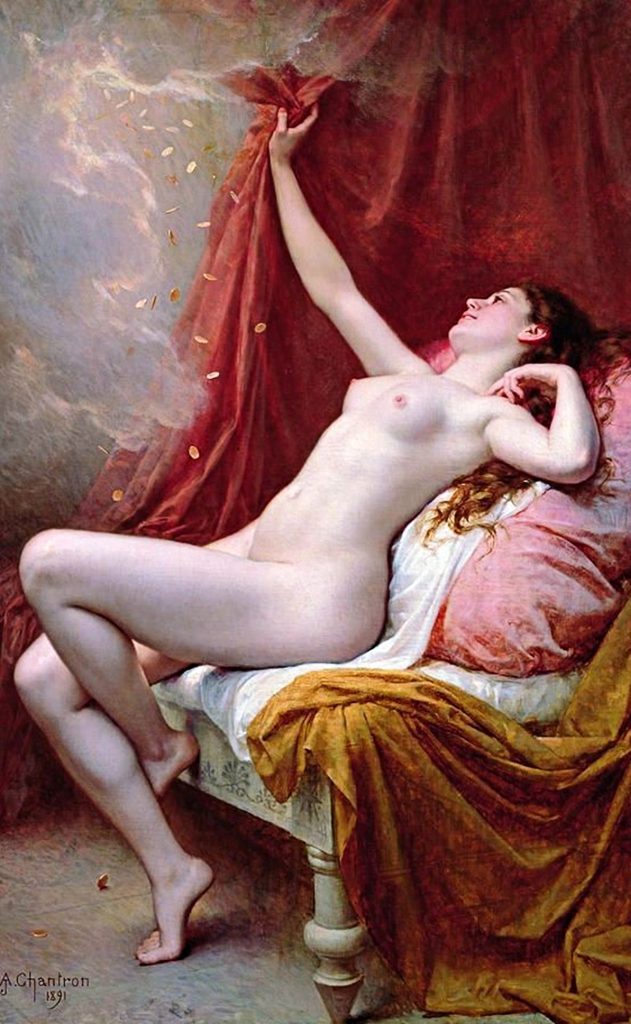
Chantron’s biography is a testament to the complexities and nuances of an artist navigating the crosscurrents of tradition and innovation. His life and work embody the tensions and possibilities of a time when the art world was on the cusp of profound change. In exploring Chantron’s legacy, we gain insight into the broader story of French art during a pivotal period, marked by both continuity and transformation.




